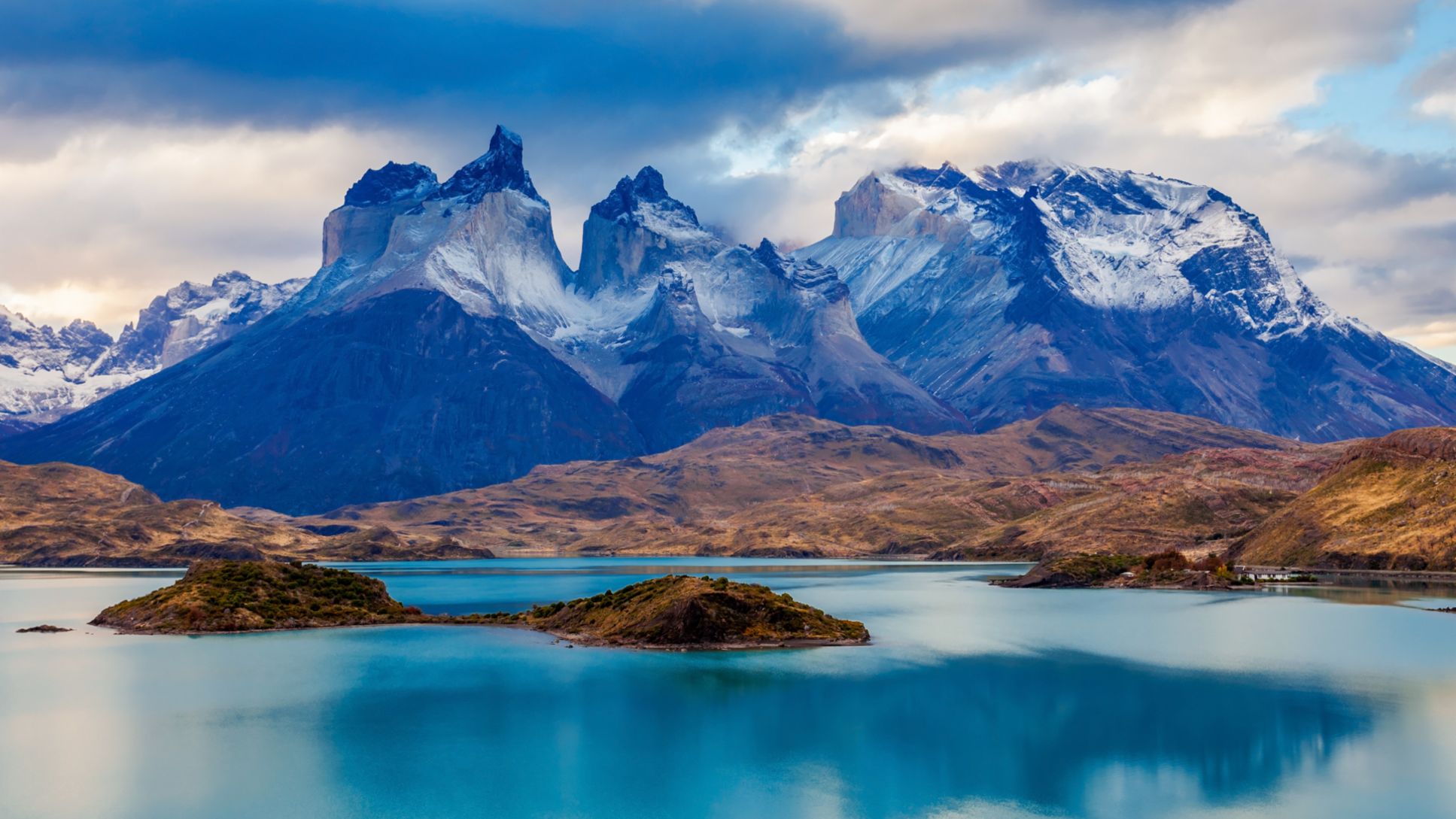An automotive pioneer for 75 years and counting, it’s safe to say that Porsche is no stranger to innovation. But 2023 marks another major historical milestone with the arrival of eFuel, a pivotal part of the brand’s onward journey towards a carbon-neutral future. This unprecedented and unforgettable road trip has been created to allow you to experience synthetic fuel at first hand, exploring both its remarkable origins and impressive potential against a backdrop of the stunning topography that has helped bring it to being.
Background
Named after the Patagones, a mythical race of indigenous giants, the one million km2 region of Patagonia comprises the southernmost tip of South America, bordered east and west by Pacific and Atlantic oceans and from the Colorado river in the north to Cape Horn in the south.
Over the centuries this vast area’s mountains, steppes, deserts and shorelines have provided settlers with rich seams of subsistence and industry, from sheep farming and arable agriculture to whaling and mining, with the discovery of oil heralding an economic boom in the early 20th Century. For several centuries prior to the construction of the Panama Canal, the Strait of Magellan provided the only navigable passage between the Pacific and Atlantic, introducing diverse cultural influences that would shape the region’s identity for generations.
Since the second half of the 20th Century, Patagonia has become a destination for international tourism and adventure as well as a gateway to Antarctica for scientific research. Today, the native Mapuche communities have become a focal point of social and political discourse, their history celebrated and their traditional crafts and textiles sought after by visitors from around the world.
Punta Arenas
The capital of the Magallanes, Punta Arenas has for well over 100 years been a vital staging post for explorers and scientists bound for Antarctica. One of the most southerly ports in the world, Punta Arenas was originally established by the Chilean government in the mid-19th Century as a penal colony, principally to assert Chile’s sovereignty over the Strait of Magellan. A subsequent gold rush and sheep farming boom attracted migrants from across Eurasia, bringing with them a melting pot of cultures and cuisines.
It was Punta Arenas that served as the launching point for Ernest Shackleton’s ill-fated Imperial Trans-Antarctic Expedition in 1914. Today, the city’s Nao Victoria Museum displays a full-size replica of the ‘James Caird’, the seven-metre-long lifeboat in which Shackleton and his five crew members navigated 1,300 kilometres through the Southern Ocean to the safety of South Georgia.
Wind
The single greatest determinant in bringing Porsche to Patagonia is wind. The extreme south of the continent bears the brunt of westerly weather patterns that travel unheeded by other land masses, across the Southern Ocean and over vast tracts of low-lying deserts and grasslands.
Meteorologists attribute these reliable and potent weather systems to the Coriolis Effect, where warm air rises near the Equator and flows toward the poles. As it cools and descends, it begins to return, creating consistently circulating patterns of air masses known as the trade winds.
During the more temperate winter months, wind speed in Patagonia is a steady 15-20 km/h, but in the summer it is not uncommon to see consistent speeds of 120 km/h. These ‘vientos fuertes’ (strong winds) are common enough to be signposted on exposed roads and passes and are a feature of day-to-day life across the region.
Ruta del Fin del Mundo
Translating as The End of the World Road, Ruta del Fin del Mundo has a mildly ominous air, but this remote, dramatic and unspoiled route has become a popular destination for the more intrepid tourists visiting southern Chile. Officially designated Route 9, the Ruta del Fin del Mundo runs some 320 km between the Torres del Paine National Park to the north and Punta Arenas in the south before petering out a few kilometres after Fuerte Bulnes on the Brunswick Peninsular. While it performs a similar role to Argentina’s Pan-American Highway, Route 9 is thwarted by the towering snow-capped mountains of the Cordillera Del Paine and the ice fields and forests of the vast and inaccessible Bernado O’Higgins National Park, forcing Chilean travellers to cross the border with their neighbour to continue northwards to Santiago.
Gaucho garb
Itinerate horsemen, often wild and unruly but highly skilled in the saddle, Patagonia’s legendary gaucho have become part of South American folklore. Their distinctive costume featured baggy trousers called bombachas, ideal for long days in the saddle and reputedly in generous supply as surplus from the Napoleonic wars. Over these were worn brightly coloured woollen ponchos or chiripás, an invaluable foil against the region’s relentless winds that could also double up as a saddle pad or sleeping bag. Protecting the head was either a stiff-rimmed bolero or softer, woven beret-like boïnas. Gauchos were seldom without a lariat, or lassoo, and their trusty bolas, three leather-bound rocks wound together and used to bring down animals on the run.
